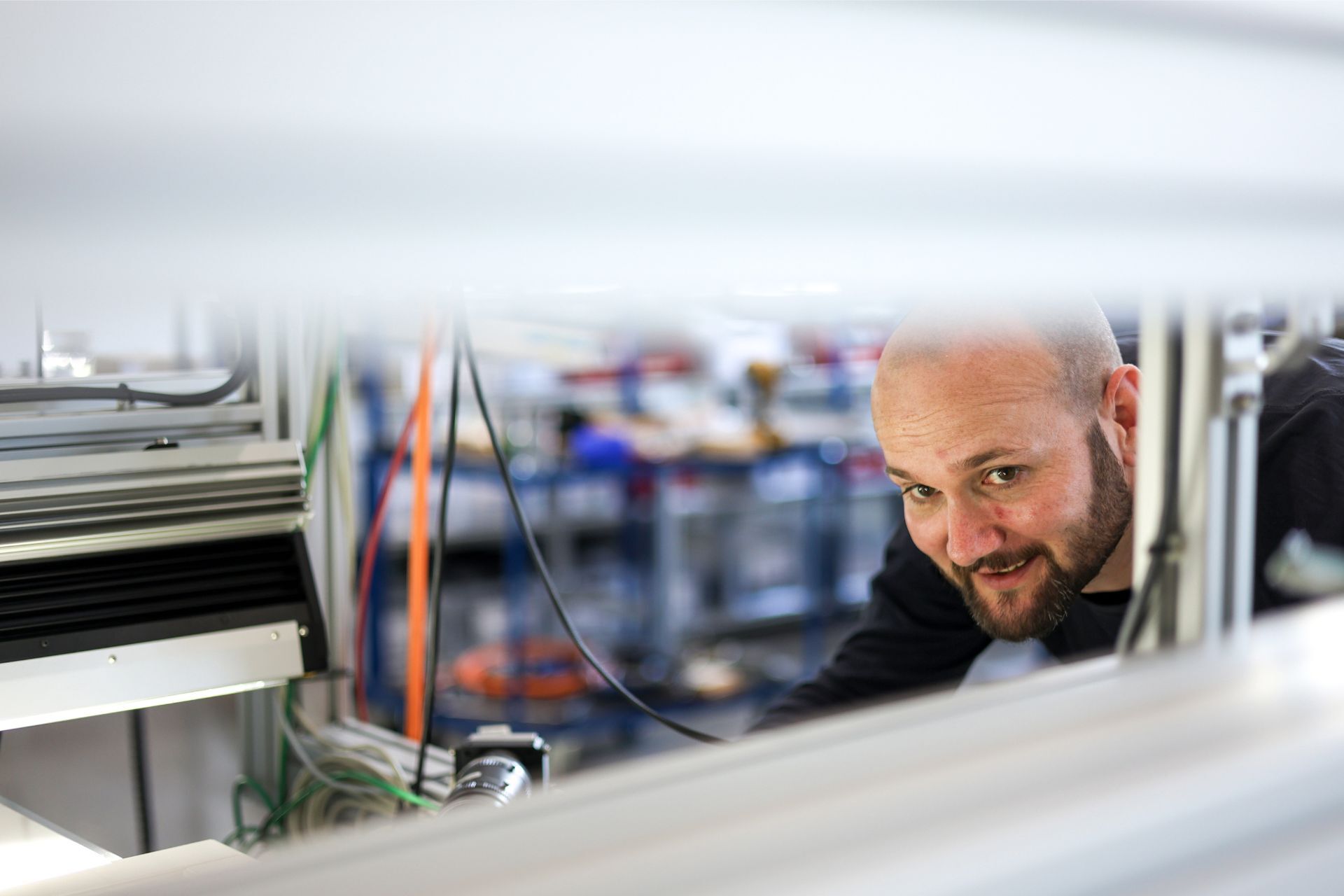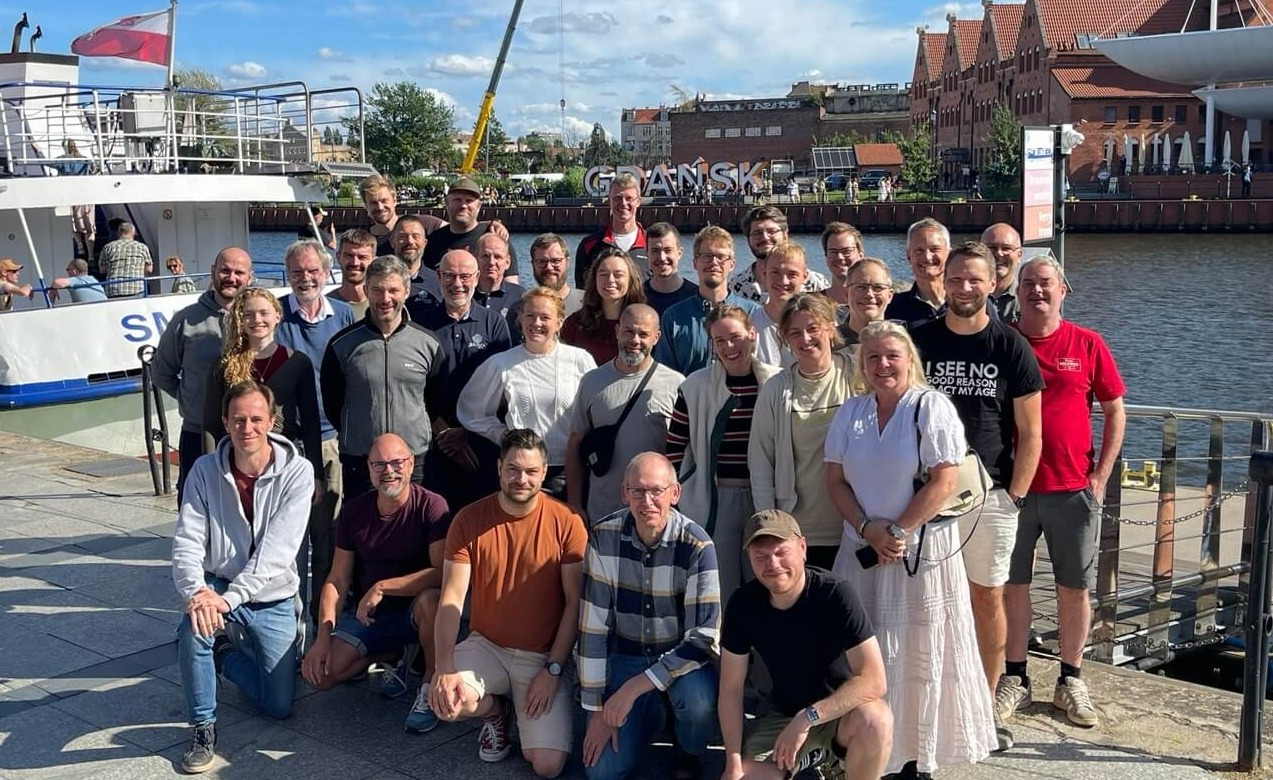This is probably a question many in our industry is asking.
Are we entering a new era in machine vision? Will new technologies emerge or existing break through?

In recent years growing focus has been on hot topics/technologies such as:
- Deep learning
- Hyperspectral imaging
- 3D imaging and bin picking
- Embedded vision
- Industry 4.0
Are they reaching market maturity and will they open up new areas of application and possibilities? Have they matured enough to reach the market?
Here is a short view on how things will look in 2019.
Deep Learning 
Deep learning is probably THE buzz word in the machine vision industry at the moment, but in reality, it is an old technology that has been around for more than 25 years. Early adopters included minor Danish vision companies and universities. The continuing increase in computational power has led to a resurfacing of the capabilities and rightfully so.
Development of new deep learning systems will definitely increase in the coming year, but it will not be the solution to every industrial application. It presents great opportunities, but also has limitation. Deep learning should more be seen as a tool to be used alongside others. At JLI we call it “Hybrid Vision”, because deep learning hardly ever never is capable of solving an application on its own, but often needs traditional vision and/or other sensors such as 3D to complete a task.
JLI has invested heavily in Deep learning capabilities over the last years and solved several interesting applications based on “Hybrid Vision”. JLI will in 2019 continue to explore and further develop application capabilities for machine learning in industries such as Steel, Glass and Wood.
Hyperspectral imaging
Hyperspectral imaging is a logical evolution of cameras. Essentially, cameras have gone from monochrome, to color, to 3D, to spectroscopy devices, to hyperspectral, and the journey logically makes sense. Hyperspectral imaging will help us visualize the molecular structure of materials by coloring the resulting images. By analyzing the resulting images, we can solve applications such as determining the presence of foreign materials in food production. Research is being conducted trying to establish a way to detect bacteria which would be a huge step forward in inline food inspection.
The main barrier for hyperspectral imaging has been the cost of hardware. In 2019 JLI expects this to be lowered considerably and possibly to a level where it becomes interesting for industrial applications.
3D imaging and bin picking
The manufacturing industry is continuously looking for ways to reduce human interaction, increase productivity and efficiency. Many are implementing robots and need solutions for randomly picking objects irrespective of their position and orientation. In that process traditional machine vision can be used to perform final quality control inspection.
Traditional 3D applications such as scanning volumes, checking the integrity of boxes and ensuring that they can be stacked using a robot will become available. Creating precise 3D models of objects inline in production and comparing them against a CAD model will be demanded in 2019 and show a rising trend.
Embedded vision
Embedded computing promises to lower the cost of building vision systems compared to PC-based systems. The advantages are obvious. Devices become smaller and consume less energy, all of which opens up new applications. This might be in areas outside manufacturing such as retail, where volumes could potentially be much higher. Putting a camera-based system into e.g. a refrigerator could today be done a 50€ whereas just a few years back it would cost x10.
Industry 4.0
Industry 4.0-related technologies are driving much of the changes currently taking place in manufacturing. This applies to many sectors, but it is particularly important in demanding and highly regulated industries like food, pharmaceutical and medical device manufacturing. Machine vision systems are a key part of industry 4.0 and can provide important data and turn it into useful information for the entire production flow. Used the correct way this information may help turn the production into a closed-loop or make more effective use of resources. JLI expects to see growing demand in this area across many sectors in 2019.



%20Stor.jpeg)